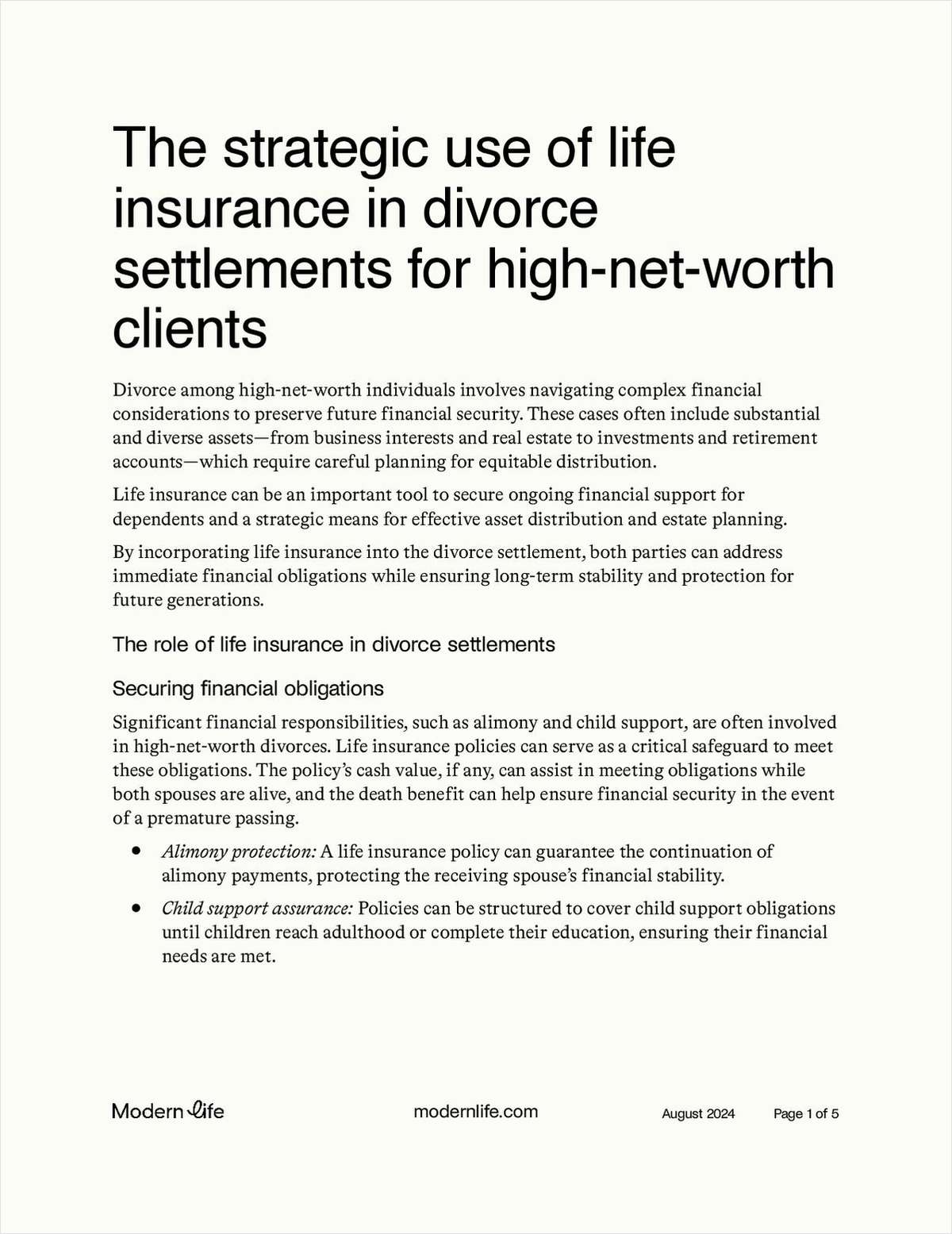Despite strong disagreement on Wall Street about the "smart beta" moniker, the adoption rate among institutional investors for these types of strategies is expected to jump.
A newly released report titled "Smart Beta: A Deeper Look at Asset Owner Perceptions," by Russell Investments found that 88% of institutional investors from North America and Europe with more than $10 billion under management have evaluated smart beta strategies or plan to do so in the next 18 months. Furthermore, 76% expect to make a portfolio allocation to smart beta.
Smart beta is used to describe indexes that use rules-based stock picking and alternative weighting methods.
"Our survey confirms that we've clearly reached a new stage in the evolution of investment management," said Rolf Agather, managing director of global index research and innovation for Russell Investments. "Smart beta indexes and investment strategies are gaining traction among asset owners because these highly sophisticated investors are finding value in their investment outcomes and characteristics."
What were among the top reasons for institutional investors embracing this alternative strategy?
Reducing risk and enhancing returns ranked at the top of the list of investment objectives that moved respondents' analysis of smart beta strategies, with over 60% of institutional investors attributing their evaluation to each of these two investment objectives. Controlling factor exposures was among the greatest unmet needs by smart beta indices cited by surveyed participants.



